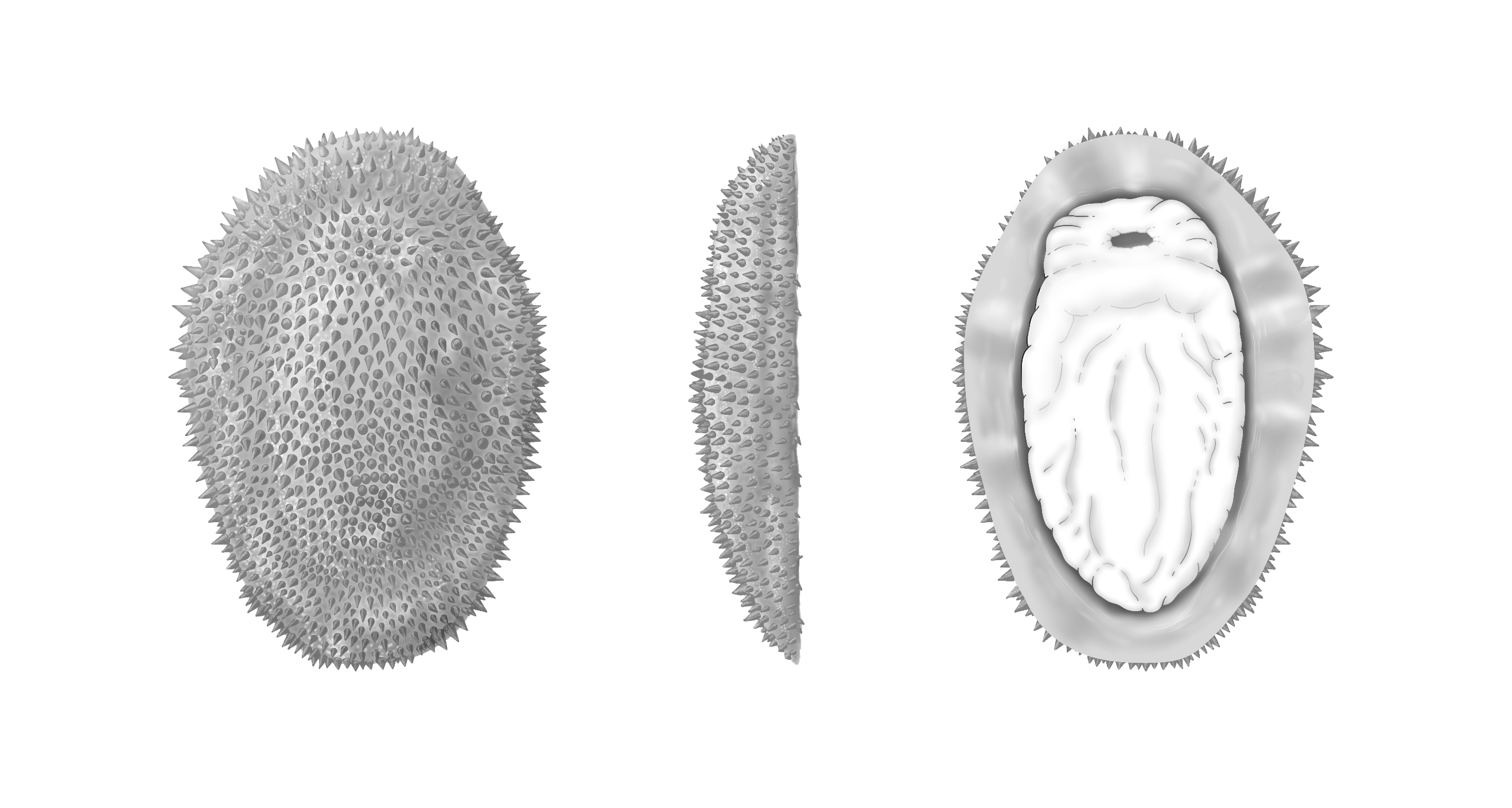Precise, lethal sea snail toxin could one day lead to better medicines
A toxin from one of the world’s most venomous animals could one day help treat diabetes and endocrine disorders. The toxin in snails called consomatin is similar to somatostatin in humans, a peptide hormone that regulates blood sugar. In cone snail venom, consomatin’s specific and long-lasting effects help the animal hunt its prey, but it could also lead to the development of better drugs for sometimes fatal diseases–if we can understand how it works. The findings are detailed in a study published August 20 in the journal Nature Communications.
Fine-tuned venoms
Scientists have previously experimented with using cone snail venoms for creating less addictive opioid alternatives and new diabetes treatments. In 2016, scientists unlocked the structure of a fast-acting insulin that the snails use to stun their prey; a similar structure could be used to create an insulin that works faster in humans. In the new study, consomatin also exhibited enough precision to target single types of molecules. Researchers hope that drugs could be developed with the same amount of precision.
“Venomous animals have, through evolution, fine-tuned venom components to hit a particular target in the prey and disrupt it,” study co-author and University of Utah biochemist Helena Safavi said in a statement. “If you take one individual component out of the venom mixture and look at how it disrupts normal physiology, that pathway is often really relevant in disease.”
[Related: What is a toxin?]
The team looked at the human hormone somatostatin that prevents the levels of blood sugar in the body from rising to dangerously high levels. The cone snail toxin consomatin also keeps blood sugar levels from increasing, but uses that as a way to stun and kill its prey. However, the team found that consomatin is more chemically stable and longer-lasting than the human hormone. This makes it a particularly promising blueprint for new drugs and treatment.
In the study, the team looked at one of the most toxic marine cone snail–the geography cone. They are found along reefs in the Pacific and Indo-Pacific, where the snails stun and eat small fish. The team measured how the cone snail’s consomatin interacts with somatostatin’s targets in human cells in a dish. They found that consomatin mingles with one of the same proteins that somatostatin does. While human somatostatin directly interacts with several proteins, consomatin only works with one. This fine-tuned targeting means that the cone snail toxin can affect blood sugar levels and hormones, but not hit the other molecules around it.
According to the team, the cone snail toxin can hit its targets even more precisely than most specific synthetic drugs designed to regulate hormone levels. However, in its current form, the consomatin’s effects on blood sugar could make it dangerous to use to treat diabetes in humans. Studying its structure could help researchers design drugs for endocrine disorders that have fewer side effects in the future.
Earth’s chemists
Consomatin and somatostatin share an evolutionary history. Over millions of years, the cone snail turned its own hormone into a weapon. Importantly, consomatin doesn’t work alone. A 2022 study found that cone snail venom also includes another toxin which resembles insulin. This lowers blood sugar levels so quickly that the cone snail’s prey becomes unresponsive. Consomatin will then keep blood sugar levels from recovering, and the prey will ultimately die.
[Related: This cone snail’s deadly venom could hold the key to better pain meds.]
“Cone snails are just really good chemists,” study co-author and University of Utah postdoctoral researcher Ho Yan Yeung said in a statement. “We think the cone snail developed this highly selective toxin to work together with the insulin-like toxin to bring down blood glucose to a really low level.”
Since several parts of the cone snail’s venom target blood sugar regulation, the venom may have other molecules with similar functions, including regulating glucose properties. A better understanding of the process at the molecular level could then be used to design better medications.
The post Precise, lethal sea snail toxin could one day lead to better medicines appeared first on Popular Science.








